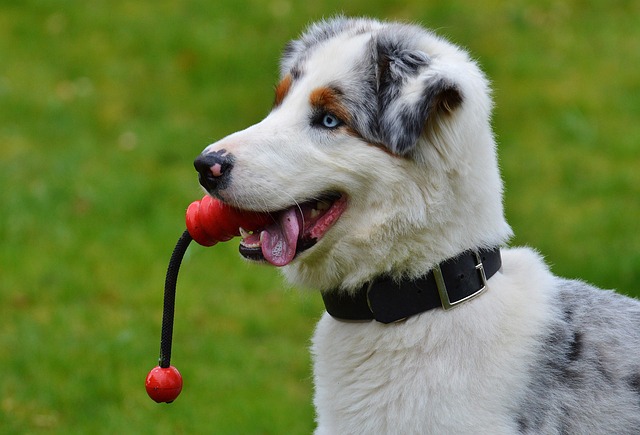
How do i train my dog to be obedient?
Watching your dog dart across the park ignoring your calls isn’t just frustrating—it can put them at risk near busy streets or public spaces.
Watching your dog suddenly lunge and bark at another passing pup during a morning walk isn’t just stressful—it can turn a pleasant outing into an awkward standoff. That sharp, persistent barking might make you tense up, especially when the other owner shoots you a concerned look. But here’s the thing: your dog isn’t being “bad.” More often than not, that barking comes from excitement, fear, or even confusion about how to interact. They’re trying to communicate, just in a way that feels overwhelming for everyone involved.
The first step in changing this behavior is to understand when it happens. Does your dog start barking the second they spot another dog 50 feet away, or only when one gets too close? Notice the triggers. Maybe it’s the sight of a fluffy golden retriever across the park, or the sound of a small dog yipping behind a fence. Once you spot the pattern, you can step in before the barking starts. Try this: the moment you see another dog approaching, get your pup’s attention with a favorite toy or a high-value treat. Keep their focus on you, and when they stay calm—even for a second—praise them like they just won a prize. Over time, they’ll learn that quiet behavior around other dogs gets them good things.
 Socialization matters more than you might think, especially for puppies. If your dog didn’t get much chance to meet other dogs when they were young, unfamiliar pups can feel scary or threatening. Start small: arrange short, supervised meetings with calm, friendly dogs in a quiet space. Let them sniff each other at their own pace, and if your dog stays quiet, reward that calmness. Rushing this process can backfire—take it slow, and remember that every dog is different. Some might need weeks of these small interactions before they’re comfortable around new furry friends.
Socialization matters more than you might think, especially for puppies. If your dog didn’t get much chance to meet other dogs when they were young, unfamiliar pups can feel scary or threatening. Start small: arrange short, supervised meetings with calm, friendly dogs in a quiet space. Let them sniff each other at their own pace, and if your dog stays quiet, reward that calmness. Rushing this process can backfire—take it slow, and remember that every dog is different. Some might need weeks of these small interactions before they’re comfortable around new furry friends.
Your energy plays a bigger role than you realize. Dogs pick up on tension like a magnet. If you stiffen up, yank the leash, or shout “no!” when another dog comes near, your pup will think, “Something’s wrong here,” and bark even more. Instead, stay loose. Talk to your dog in a calm, upbeat voice—something like, “Hey, good boy, let’s keep walking!”—and keep the leash relaxed but steady. Your confidence tells them there’s nothing to worry about.
It’s also important to remember that in many places, keeping your dog under control in public isn’t just polite—it’s the law. Local ordinances often require owners to prevent excessive barking, especially in residential areas. A neighbor’s complaint could lead to fines, or in some cases, stricter restrictions on your dog’s outdoor time. Training your dog not to bark at others helps keep everyone safe, happy, and on the right side of the rules.
Patience is key here. This isn’t a fix that happens overnight. Some days will be better than others—your dog might stay quiet for 10 minutes, then suddenly bark at a squirrel that darts past. That’s okay. Celebrate the small wins, and don’t get discouraged by setbacks. With consistent practice, that barking will get softer, shorter, and less frequent. Before you know it, your walks will feel like a breeze, and you’ll both enjoy meeting new four-legged neighbors without the stress.

Watching your dog dart across the park ignoring your calls isn’t just frustrating—it can put them at risk near busy streets or public spaces.

New puppy owners often find themselves rushing to clean up accidents before they set in, and that’s where puppy pad training becomes a game-changer.

If you've noticed your dog's waistline disappearing and your veterinarian has mentioned those few extra pounds, your first instinct might be to simply reduce the amount of food in their bowl.

Training a dog to use a designated spot indoors isn’t as daunting as many new owners fear, but it does take consistency and an understanding of your pet’s needs.

That moment of dread on a walk is all too familiar for many new dog owners. You see another dog approaching down the sidewalk of your neighborhood

If the sight of another dog on your neighborhood walk makes your heart sink as your own dog erupts into a frenzy of barking and lunging, you're not alone.